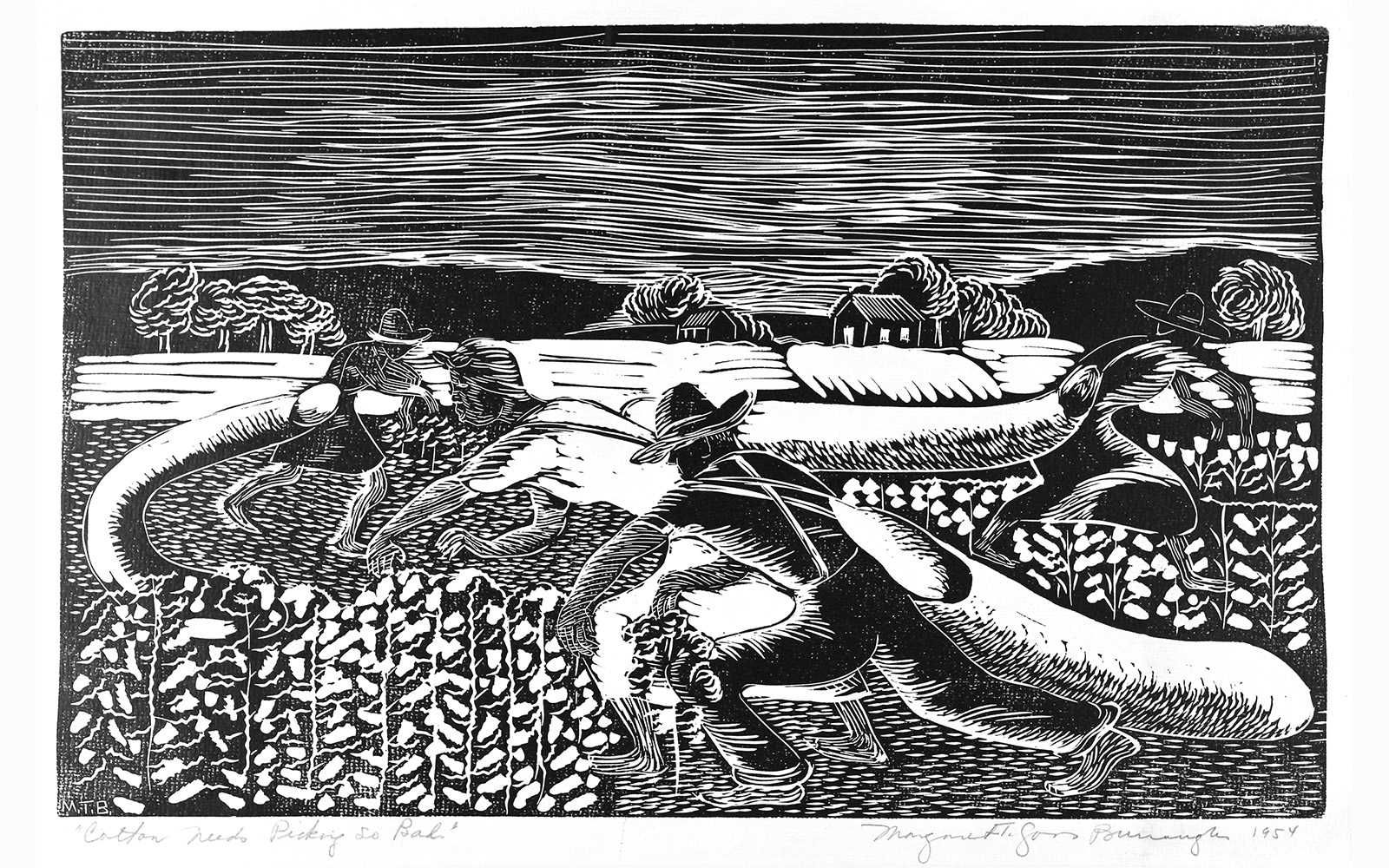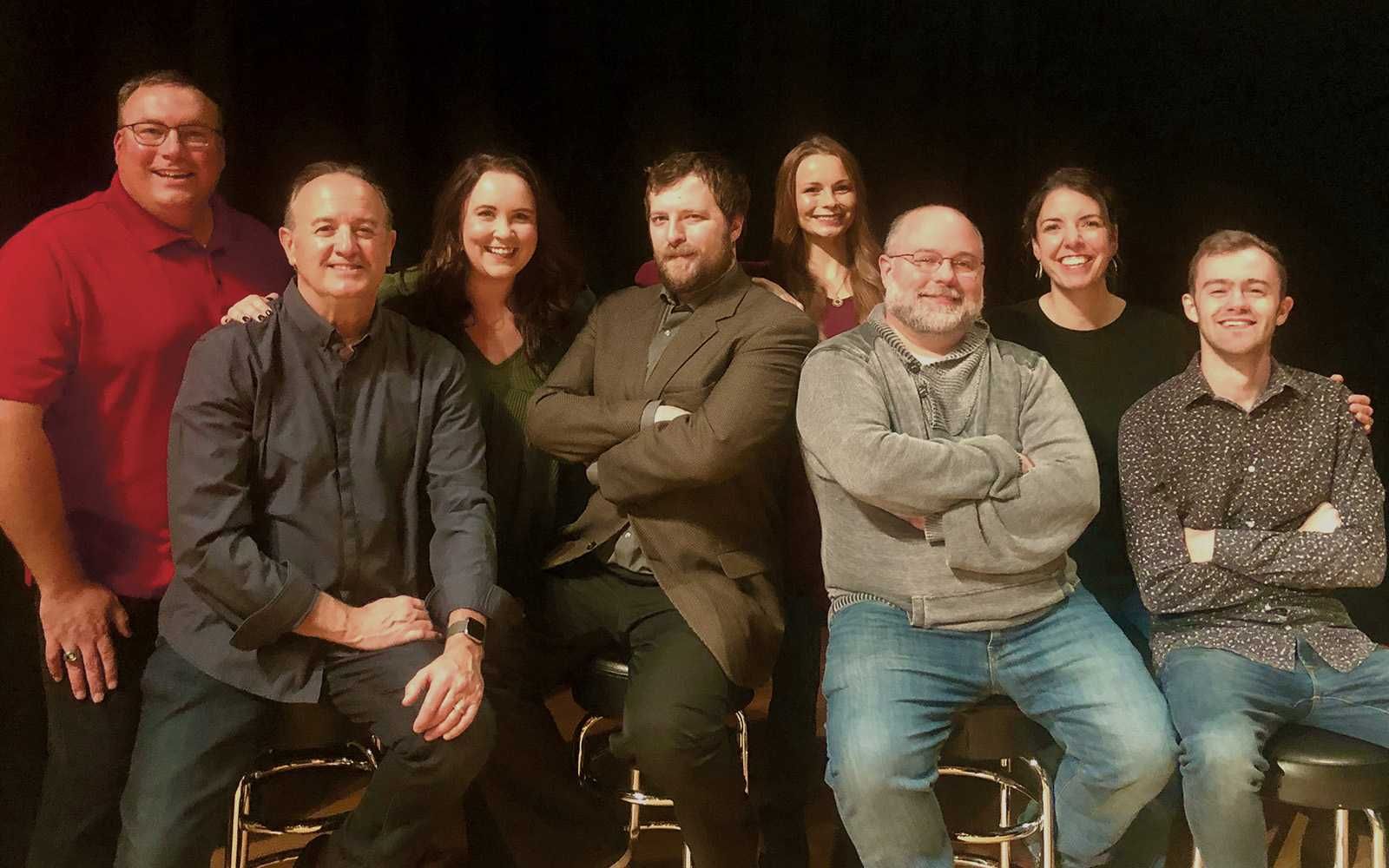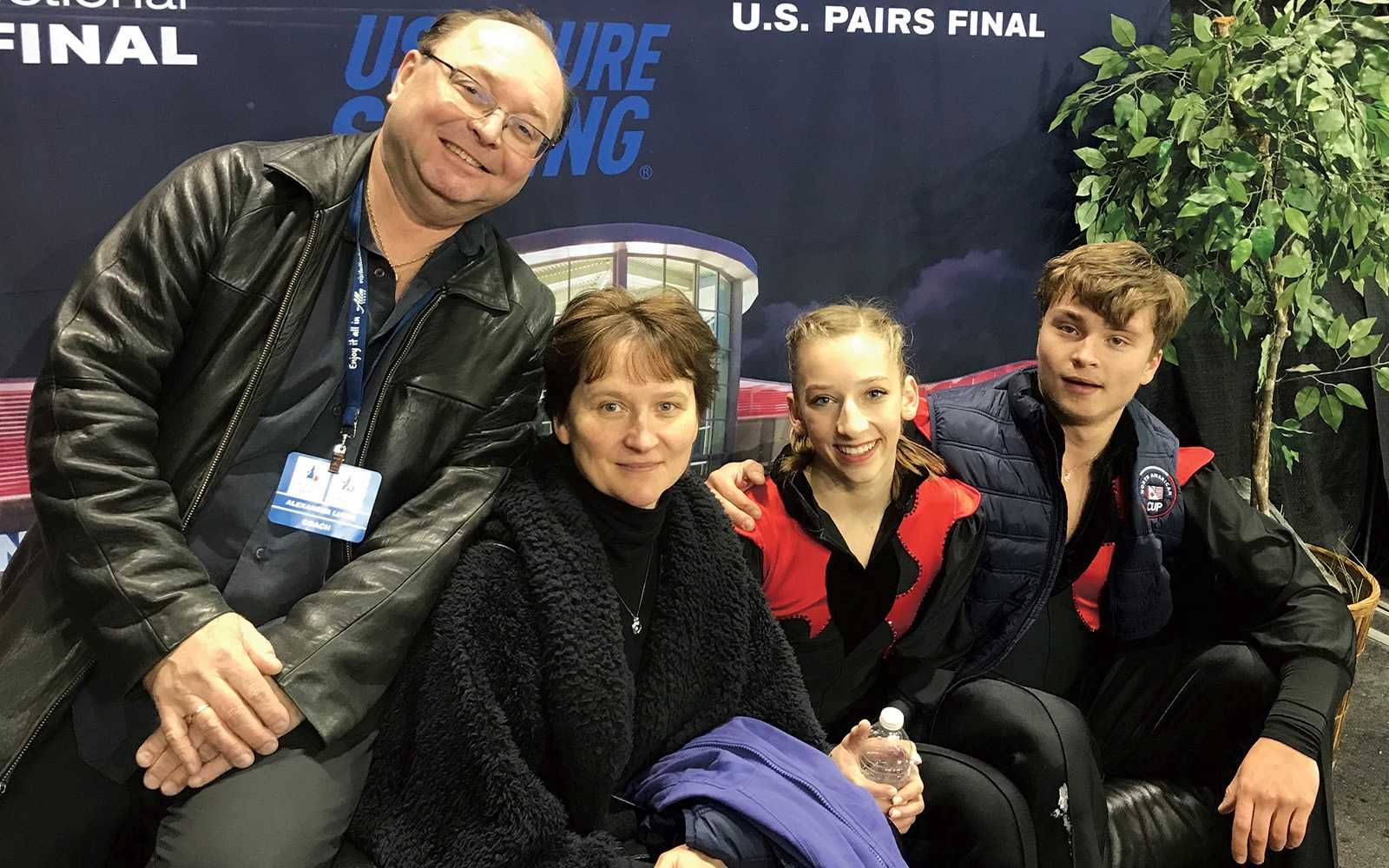The Margaret Burroughs exhibit at the Fort Wayne Museum of Art, which opens this Saturday, Dec. 7, has its origins in an unlikely place.
When Mary Ann Cain, a professor of English at Purdue Fort Wayne, visited Chicago in 2003, she was researching for work on an upcoming novel. Her interest in the Bronzeville neighborhood on the city’s south side took her to the DuSable Museum where she hoped to learn more about the area.
Although Cain had grown up on Chicago’s south side, she had little knowledge about the neighborhood or the museum, but ever the researcher, she didn’t passively visit the area. She asked questions of those around her.
Starting at the DuSable
“I started talking to the security guards at the DuSable,” Cain said. “They started telling me some things and gave me some names of artists and members that I should talk to, and Margaret was one of them. She was the main one, but there were others.
“I went back to Chicago later to do some more research, and I met with her. I didn’t know much about her at that time, but she had started the museum in her home. She and I walked together through Bronzeville, and she would tell me about her neighborhood.”
It was during one of visits with Burroughs that the artist and activist saw a future that Cain herself did not see. Or even wanted to see.
Planting an idea
“[Burroughs] suggested that I might write about her,” Cain said. “I kind of dismissed it at the time because I wanted to work on my novel. But she said, ‘Why don’t you bring me to Fort Wayne?’”
In fact, Cain had a way to make that happen.
Cain’s husband, George Kalamaras, is also a professor of English at Purdue Fort Wayne and was also director of the Visiting Writers Series. Both were active and involved with Omowale Ketu Oladuwa and the Three Rivers Jenbe Ensemble (now the Three Rivers Institute of Afrikan Art and Culture), and the collaboration provided the perfect setting for Burroughs’s visit and reading.
It worked so well in 2005 that Burroughs returned again the following year.
Despite all of that, Cain’s mission remained unchanged.
“People enjoyed her visits, but I still had no thought of writing about her,” Cain said. “I was only working on my novel.”
Cain’s visits with Burroughs continued, the pair logging miles of walking through the Bronzeville area. These visits often took place in the summer months, but the aging Burroughs thought nothing of the heat as she shared stories of her life and her beloved neighborhood.
Coming to fruition
Then in 2010, Cain received word that Burroughs had passed away at the age of 93.
“I was just incredibly sad and asked Ketu if I could do a talk, which we did in April 2011,” Cain said. “I showed video clips and shared some memories, and it was then I knew I had to write a book about her. She had self-published an autobiography in 2005. She decided she had to write it herself because she wasn’t sure if anyone else would do it.”
Until, that is, Cain came along.
Having never written a biography before despite her impressive publishing resume, Cain immersed herself in the art, writings, and activism of Burroughs, feeling she needed to repay Burroughs for the time they’d shared together.
The resulting book, South Side Venus: The Legacy of Margaret Burroughs, was released this time last year, and by then there was already a movement in place to bring an exhibit of Burroughs’s work to the Fort Wayne Museum of Art.
Cain’s brother, Tom Cain, is a museum board member and mentioned to Sachi Yanari-Rizzo, the museum’s curator for prints and drawings, that his sister was working on a Burroughs biography.
The conversation between Cain and the museum led to this winter’s exhibit at the museum, which will run until Feb. 23, and to an unlikely but exciting outcome when it came to the bio’s front cover.
“In 2017 I was finalizing galleys for the book and looking for cover art,” Cain said. “There was one print that I really wanted, and I was tearing my hair out trying to figure out how I could get rights to it. Choosing covers and using art can be very time consuming and expensive, and university presses don’t have money for those kinds of things. I was talking to Sachi one day and telling her about it, and she said, ‘There is one Margaret Burroughs print that we have in the museum’s collection,’ and I went there to meet with her to see what they had. And it was the print that I’d wanted to use.”
Destined to join forces
That bit of serendipity does seem to suggest that Cain and Burroughs were somehow destined to join forces, and one of Cain’s inspirations for the book has fueled her efforts, including the upcoming exhibit.
“She was so active, not only as an artist but as a social activist,” Cain said. “She should be better known than she is.”
Yanari-Rizzo sees Burroughs legacy as part of an artistic movement, one that was taking place in the early 20th century.
“There was a lot going on in Mexico at that time,” she said. “You had artists like Diego Rivera and Frida Kahlo and many others, and African Americans found a very welcoming environment there. There were a lot of interesting personalities, and they wanted more than they were able to find at that time.”
Yanari-Rizzo said that there have been previous exhibits featuring the work of Burroughs, and the museum now has three pieces in their permanent collection.
But this exhibit, which will feature a talk on February 5 with Cain, will be special thanks to all of the research done for South Side Venus.
“The talk on February 5 will really complement it,” Yanari-Rizzo said. “We’re not able to put on the walls all of the biographical information, research, and interviews with people who knew her.
“And there’s so much that can’t come through in text – her personality, her community, the feelings of the people who knew her. All of that will come through thanks to Mary Ann’s research and the time she spent with her.”





